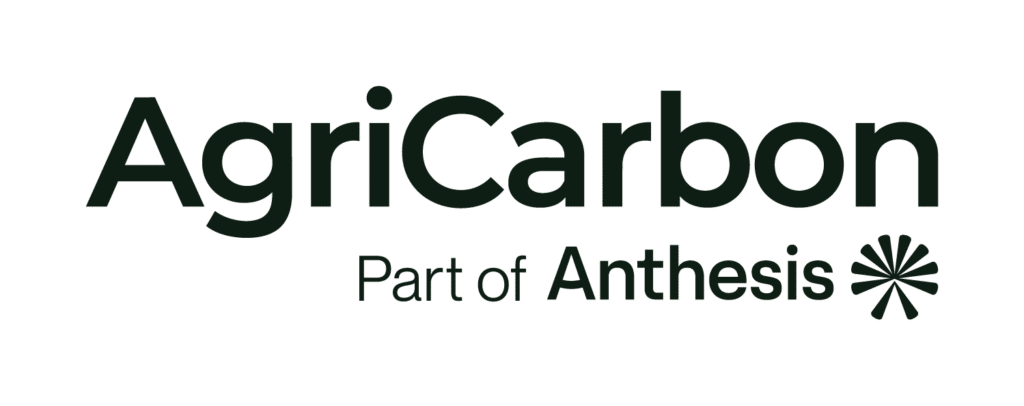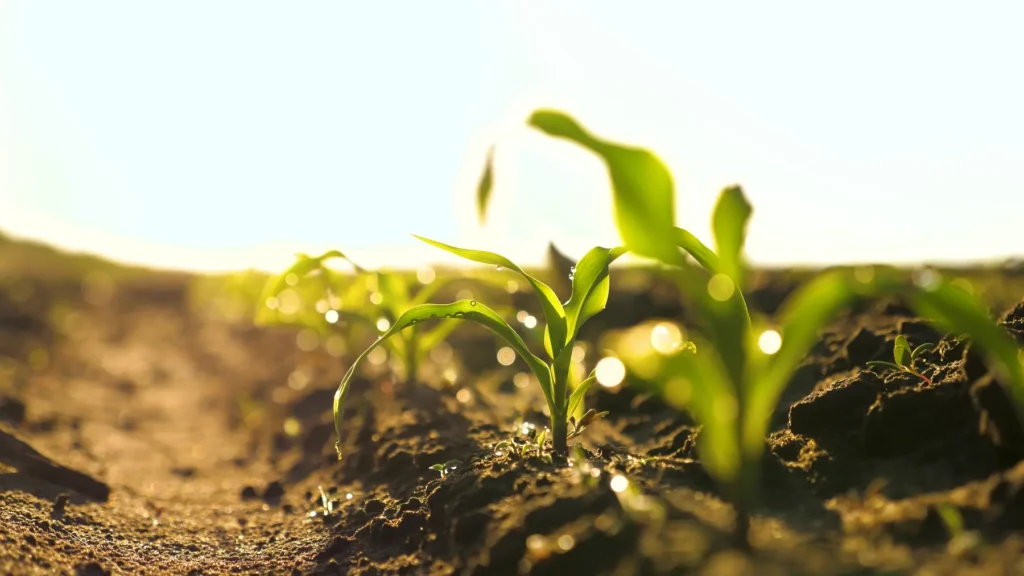This glossary explains key terms used in the AgriCarbon™ programme and is based on VERRA’s VM0042 methodology, officially titled Methodology for Improved Agricultural Land Management. This methodology provides a robust framework to quantify how farming practices can lower greenhouse gas emissions while improving soil carbon content and crop productivity.
The glossary will help you understand the terms and concepts involved in the programme, making your journey with AgriCarbon™ smoother and easier.
Terminology:
- VERRA: Verra is a non-profit organisation that develops and manages standards for sustainable development, climate action, and responsible business practices.
- Verified Carbon Standard (VCS): A carbon standard managed by VERRA that provides a framework for certifying projects that generate carbon credits. Projects under VCS must follow approved methodologies to quantify, monitor, and verify their emission reductions and removals. This ensures that projects claiming carbon credits are credible and meet rigorous criteria, ensuring the highest quality.
- Methodology: A technical document that sets out requirements on how a carbon project developer should quantify the greenhouse gas emission (GHG), reductions and removals.
- VM0042: A methodology under the VCS for quantifying and verifying GHG reductions and removals due to improved land management practices in the agricultural sector.
- Improved Agricultural Land Management (IALM): Practices aimed at enhancing soil health, increasing carbon sequestration and reducing GHG emissions. Examples include reduced tillage, cover cropping, diversified crop rotations, livestock integration, optimised fertiliser use and improved water management.
- Greenhouse Gas (GHG) Emissions: The release of gases, such as carbon dioxide (CO2), methane (CH4), and nitrous oxide (N2O), that contribute to the greenhouse effect and global warming. These gasses are released by multiple agricultural activities at various intensities.
- Carbon Sequestration: The process of capturing and storing atmospheric carbon dioxide in a stable form, such as in soils, forests or oceans.
- Verified Carbon Units (VCU): A VCU represents the reduction or removal of a one tonne carbon dioxide equivalent (CO2e) achieved by a project. Under the VCS carbon credits are known as VCU`s.
- Carbon Credits: Tradable units representing the reduction or removal of a one metric ton of CO2 equivalent (CO2e) from the atmosphere. These can be traded in the voluntary carbon markets.
- CO2 Equivalent (CO2e): A metric used to express the impact of different greenhouse gases (GHG`s) in terms of the amount of carbon dioxide (CO2) that would have the same global warming effect.
- Carbon Registry: A platform where carbon credits are issued, tracked, and traded. VERRA operates a registry where carbon credits from VCS projects, like those using VM0042, are recorded.
- Additionality: A key principle in carbon projects, ensuring that the GHG reductions and removals would not have occurred without implementing the project activities. The project must demonstrate that the benefits are “additional” to what would have happened anyway.
- Permanence: The assurance that carbon sequestered by the project will be maintained over a long period, preventing carbon released back into the atmosphere. This will typically be monitored for a specified period from 40 up to 100 years.
- Baseline: The scenario representing the GHG emissions or removals that would occur without the project. It serves as a reference point to measure the project’s impact. This is often referred to as “business as usual” and measures what the Soil Organic Carbon (SOC) content and CO2 emissions were before the implementation of the improved land management practices.
- Project Scenario: The scenario representing the conditions after implementing the improved practices and its effect on reducing or removing GHG emissions. The difference between the baseline and project scenario determines the amount of VCU`s generated. All reduced emissions or increased carbon removals of the baseline are eligible to be quantified as a VCU under the criteria of the methodology and standard.
- Agriculture, Forestry and Other Land Use (AFOLU): Refers to all land based projects that could potentially address climate change. This includes all REDD (Reduced Emissions from Deforestation and Forest degradation), ARR (Afforestation, Reforestation and Revegetation), ALM (Agricultural Land Management) and Improved Forest Management (IFM).
- Leakage: The unintended increase in GHG emissions outside the project boundary as a result of the project activities. The VCS requires all AFOLU projects to account for leakage.
- Soil Organic Carbon (SOC) content: Refers to the carbon component of organic compounds found within the soil, expressed as a percentage of the soil’s total mass or in grams of carbon per kg of soil. It is derived from decomposed plant and animal residues, root exudates, living and dead microbial biomass, and humic substances.
- Soil Organic Carbon (SOC) stocks: Represent the total quantity of organic carbon stored in the soil over a given area (e.g., hectare) or depth (e.g., 0 – 30 cm). It is usually expressed in megagrams of carbon per hectare or tonnes of carbon per hectare.
- Quantification Approach: The methods used to measure and verify the GHG reductions or removals achieved by the project. This can include direct measurement, modelling or a combination of both. In the AgriCarbon™ programme, we model and measure the changes in SOC and GHG emissions using soil samples and the data farmers provide.
- Validation and Verification Bodies (VVB): Qualified, independent third-party auditors approved by organisations like Verra. They play a crucial role in ensuring the integrity and quality of projects registered under the VCS.
- Validation: An independent assessment done by a third party VVB to ensure that the project design follows the methodology`s and standard`s criteria and that the potential for GHG reductions and removals are real and measurable.
- Verification: An independent process to confirm that the reported GHG reductions and removals have actually occurred, following the project implementation and are according to the standards’ requirements.
- Monitoring Plan: A detailed plan outlining how the project will track and report its GHG reductions or removals over time.
- Co-benefits: Additional positive outcomes of the project beyond GHG reductions and removals, such as improved soil health, increased biodiversity or enhanced water quality.
- Project Boundary: The physical and temporal limits within which the project activities and their impacts are assessed.
- Sustainable Development Goals (SDGs): A set of global goals established by the United Nations to address various social, economic, and environmental challenges. Projects often align with specific SDGs to demonstrate broader benefits.

